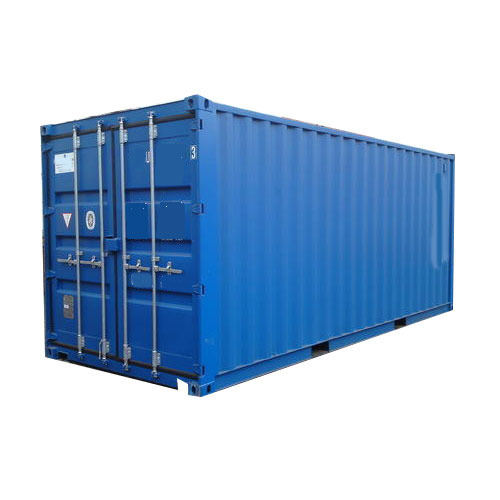Shipping Container For sale Description
Moving cargo from one port to another, across the world’s seas, can be challenging. Transport documents, regulations, country-specific compliance, local requirements, and customs clearance are just some of the steps to be considered before your cargo will arrive at its final destination. Proper export documentation and import licenses and requirements are becoming increasingly important factors when transporting cargo. Dry containers are constructed in lengths of 20′ and 40′ (general purpose), and they are manufactured from either aluminum or steel. They are suitable for most types of cargo. Aluminum dry containers have a slightly larger payload than steel, and steel dry containers have a slightly larger internal cube.
shipping container for sale
There are numerous designs of shipping containers, but 95% are what are termed “dry van containers”; these carry general freight, and they have the following general characteristics:
- •
-
They ought to be built to a full marine specification—manufactured from corrosion-resistant Corten steel.
- •
-
They ought to be protected with marine grade paint.
- •
-
They ought to be fitted with additional ventilation—to ensure condensation is not a problem.
- •
-
They ought to be fitted with high locking bars for ease of use.
- •
-
They ought to have a 28-mm marine ply floor that is specially sealed and certified as being rot and vermin proof.
- •
-
They ought to have a factory fitted high security lock box which shrouds the padlock and protects it from interference.
- •
-
They ought to be capable of being stacked.
- Dry containers come in several sizes
-
20′ with payloads up to 28.2 metric tons
40′8′6″ with payload up to 28.8 metric tons
45′9′6″ high with a capacity of 85 cubic meters
shipping container for sale
- Pallet Wide Containers
-
This is a container type which is used for standard Euro Pallets (1.2 m × 0.8 m). These containers have 2.45 m internal width, which allows companies to load 5 additional pallets (10 if they can double stack).
- Ventilated Containers
-
From the outside, these containers seem identical to dry containers. They have an internal ventilation system which accelerates and increases the natural convection of the air within the container. It’s mainly used for organic products that require ventilation. These can be used for anything from coffee beans in bags to copper wires. Flexi tank is an additional tool that can be used with a dry container for carriage of different products.
- Open Top Containers
-
These are just like dry containers; however, their top is open. Either they have a removable top or they are covered by a tarpaulin (especially, for out gauge cargo). They are mainly used for cargo that is too long or too heavy to be loaded by a forklift from the door. These units are also for cargo that is of a height exceeding the height of the container. Besides being used for machinery and large finished goods, it is also used for block marbles, glass, and bulk minerals.
- Flat Rack Containers
-
Flat rack containers are mainly used for over height, over width, or heavy cargo. They have collapsible sides which help to load even longer pieces. Some of the flat racks can carry as much as 45 tons per container. From machinery to yachts, you will see different cargo moved on this equipment.
- Platform Containers
-
These are pretty similar to flat rack containers. Used for heavy and/or over width/height cargoes. An interesting way of using a platform containers is, when laid side by side on the deck or in the hold of container ships, they can be used to transport even larger non containerizable cargo.
- Tank Containers
-
These containers are mostly used by tank operator companies who are renting their equipment globally. The equipment has a 20′ frame with a tank inside. They are used for both nonhazardous and hazardous liquids.
shipping container for sale

